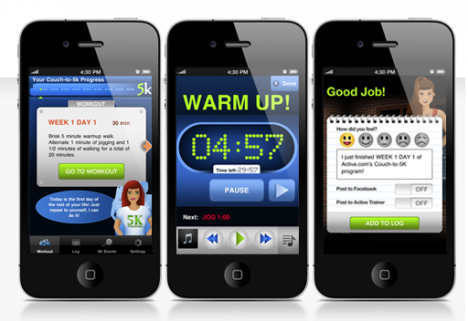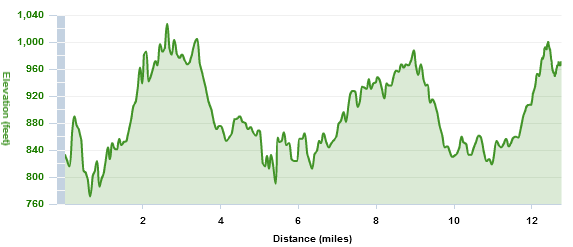Starting C25k
Everyone comes into C25K with a different level of fitness. Some may even find the first week daunting, while others will breeze through the entire program. Do not be put off by what you think you cannot do. This may be a 9-week program, but if you take it day-by-day you’ll never have a problem.

The program is designed in such a way that if you were able to complete the first week, you should be able to complete the second. With every run, little by little your legs will grow stronger, your lungs will become better at transporting oxygen, and your motivation to continue pressing forward will grow. The difficulty may increase each week, but alongside, so will your endurance. If you find yourself unable to progress to the next week, you can simply repeat your previous week until you feel ready to advance.
Hydration is critical.
The single most important preparation for every run, especially in warm and/or humid weather conditions, is proper hydration before you begin. As this Running Times Lab Report points out, the amount of fluid you might consume before a run depends on a couple of factors including, the conditions in which you’re training under and the total distance you’re covering for a given run.
It is incredibly difficult for your body to replace fluids at the same rate that you sweat, but taking the right preventative measures will reduce your chances of feeling dehydrated during or after your run. Brush up on “heat training” principles, acclimatization training, and (just as important as understanding dehydration) be familiar with hyponatremia.
It’s nice to run under the summer sun, but it can be dangerous. Dehydration not only causes a marked decrease in performance and recovery, but it can also lead to heat exhaustion. Beyond the recommended minimum of 16 ounces of water beforehand, the optimal amount of water to drink will vary from person to person. You’ll need to experiment with how much is right for you; drink more than you’re thirsty for, but not so much that you’re bursting and uncomfortable. Or if you’d like to be more precise, the Lab Report above walks you through a pre and post run calculation that you can do to gauge your fluid consumption.
To read more about proper hydration, you can also check out this excellent article from the USATF.
Squeeze in a Bathroom Break Before Hitting the Road
As a new runner, an issue I never considered before the first time it was a problem is the necessity of emptying your bladder before a run. Even if you aren’t sure if you have to go, hit the bathroom before heading out; even the slightest unseen-to need can become very painful and stop your run short. While a bit less of an issue for guys, for whom any patch of trees can become a bathroom, it’s still far better to make sure your tank is empty before you leave.
Slow Down
The most important thing to remember during your run is that this is not a race. Making the common mistake of running too hard and too fast can drain all your energy very quickly, and will make the rest of your run extremely difficult. Take on each run at a comfortably easy pace. Speed and endurance will come to you naturally as you progress; for now just take it easy and focus on making it through every run to the end.
I used to run a lot. Can I just start on Week 3?
Even if you think you’d be fine to just start out on week two, three, or four, it’s highly recommended you complete the entire program from day one. The first few weeks serve to build up the beginnings of your endurance base and allow your body to acclimate to the runs. If you skip ahead you won’t be in as good of a position to make it through to the end. Start from Week One Day One, and see how you feel; if it is indeed easy for you, consider skipping rest days, but always start from the beginning.




